Description
Material and Raw Materials Used in the Comfort Hose for Peugeot Pride (Shilanga Aramesh for Pride)
The comfort hose for the Peugeot Pride is made from NBR-PVC (Nitrile Butadiene Rubber and Polyvinyl Chloride). This specific combination is chosen because the hose is subjected to various conditions in the car, and using other materials would result in premature damage and loss of functionality.
Lifespan of the Comfort Hose for Peugeot Pride
The average lifespan of the comfort hose for the Peugeot Pride is approximately 4 years.
Signs of Damage to the Comfort Hose for Peugeot Pride
-
Cracking: Visible cracks on the outer surface of the hose are a clear sign of wear. The more cracks there are and the deeper they are, the more brittle the hose has become. Immediate replacement is recommended in such cases.
-
Peeling or Layering: If the hose begins to peel or layer, it indicates that it has deteriorated and lost its integrity.
-
Holes: A hole in the hose can be easily seen and is a clear indication of a significant problem. This will lead to water leakage, which is another sign of damage.
Impact of a Faulty Comfort Hose for Peugeot Pride
-
Coolant Loss: A major consequence of a damaged comfort hose is the loss of coolant, which can lead to severe engine damage. Prolonged low coolant levels can cause the cylinder head to burn, resulting in irreversible damage to the engine.
How to Differentiate a Good from a Bad Comfort Hose for Peugeot Pride
-
Surface: A good quality comfort hose will have a smooth and clear surface.
-
Thickness: The hose should not be too thin; a quality hose will have adequate thickness to ensure durability.
-
Durability Test: A final test is to leave the hose in place on the car for a week. If it cracks or shows signs of damage when exposed to hot engine oils and high temperatures, it’s likely of poor quality and should be replaced immediately.


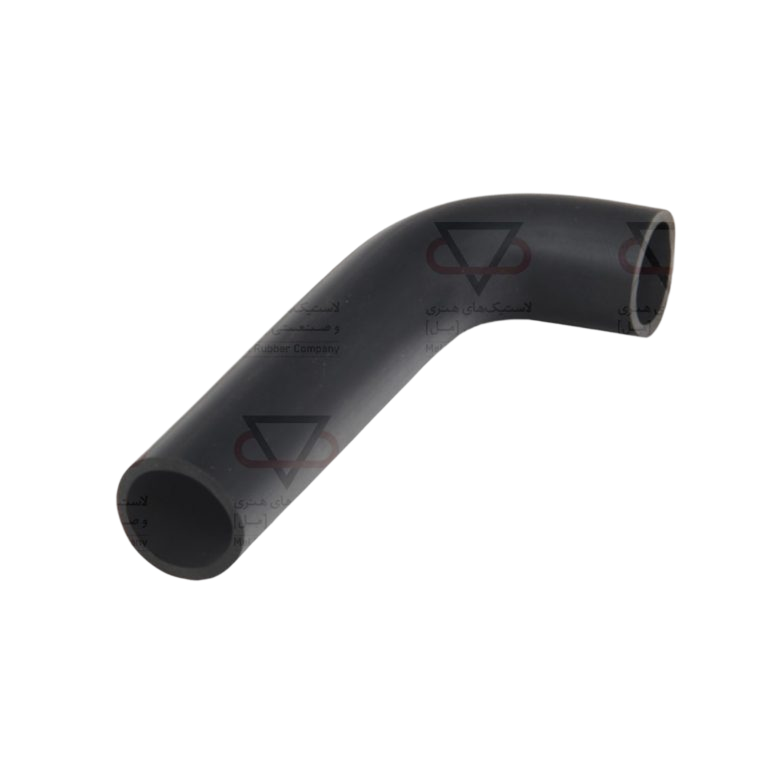
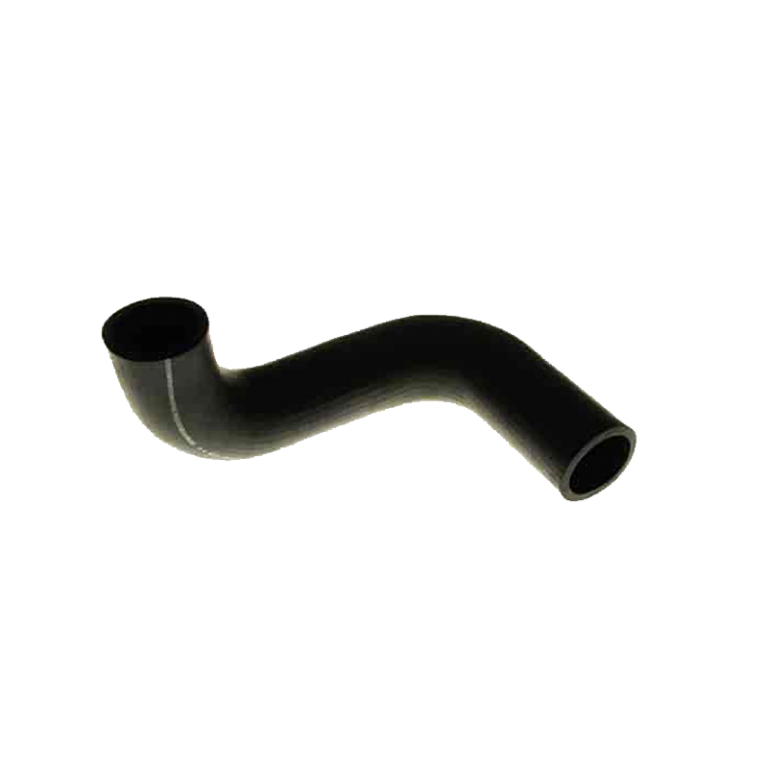
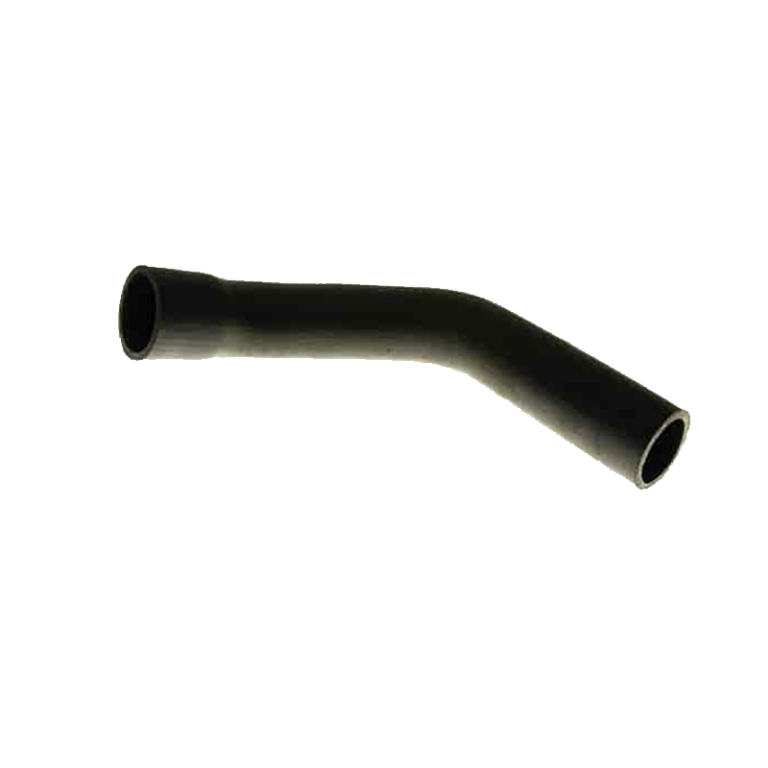
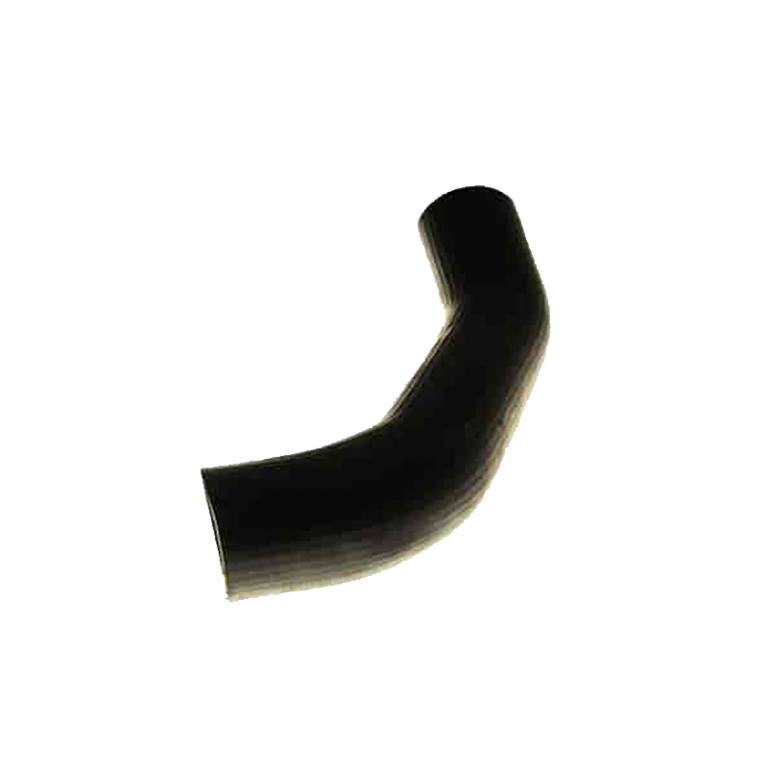
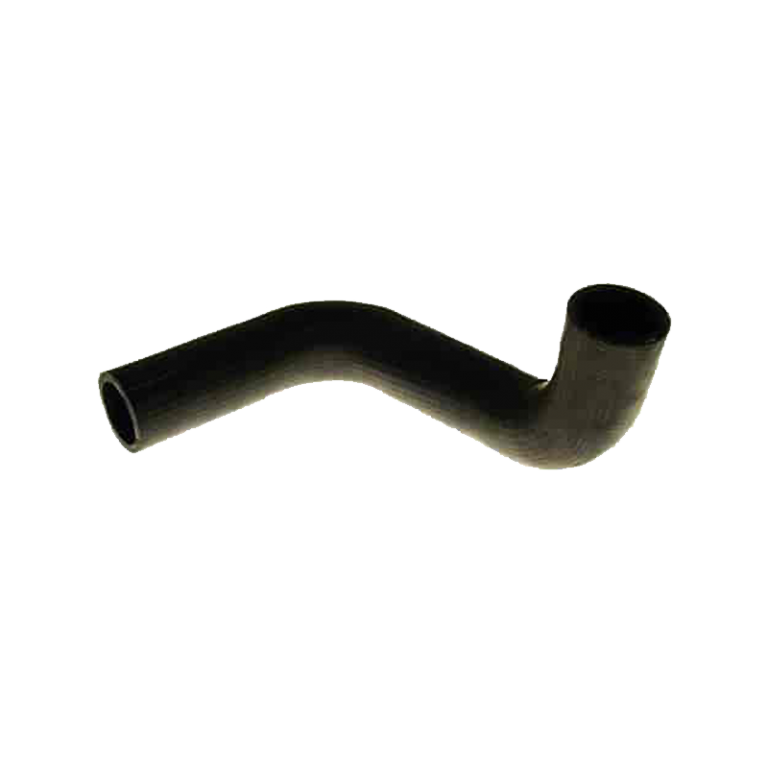
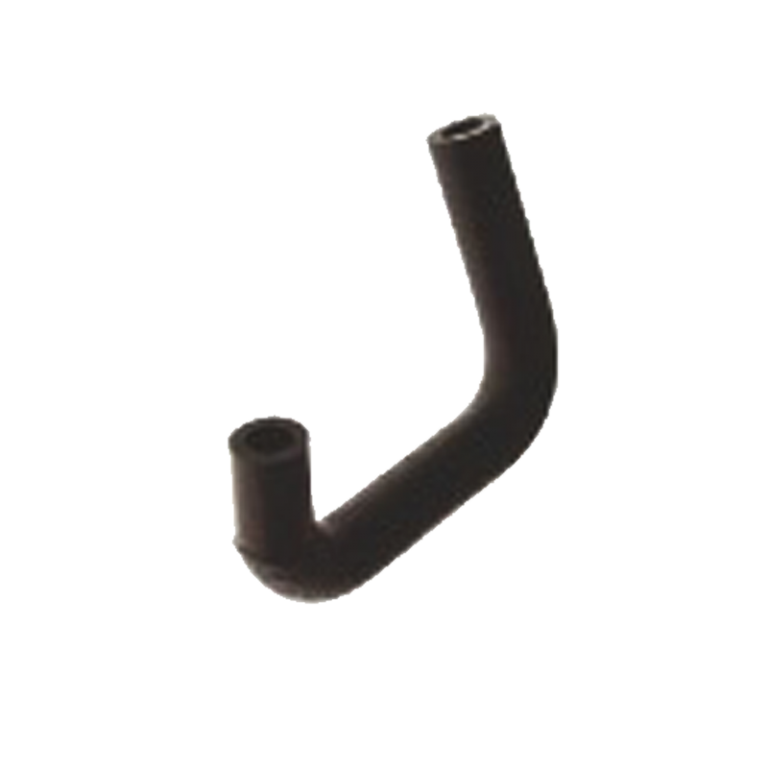
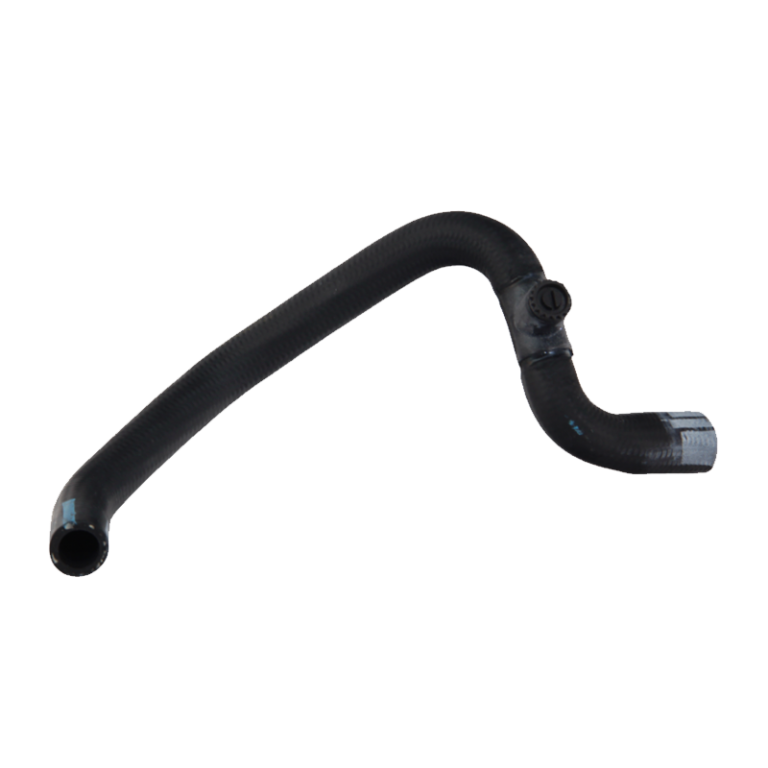









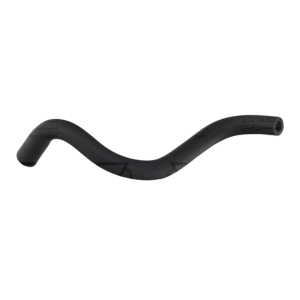

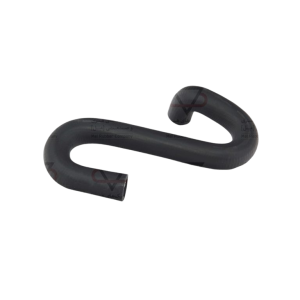
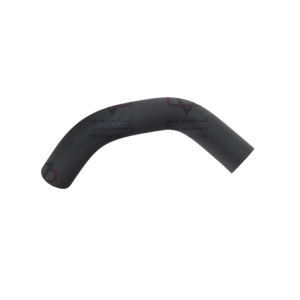
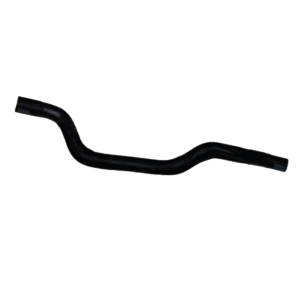
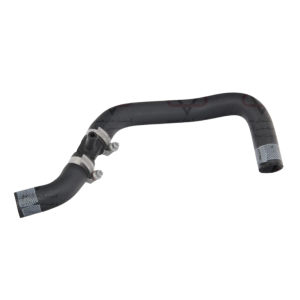

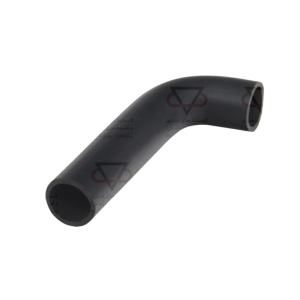
Reviews
There are no reviews yet.